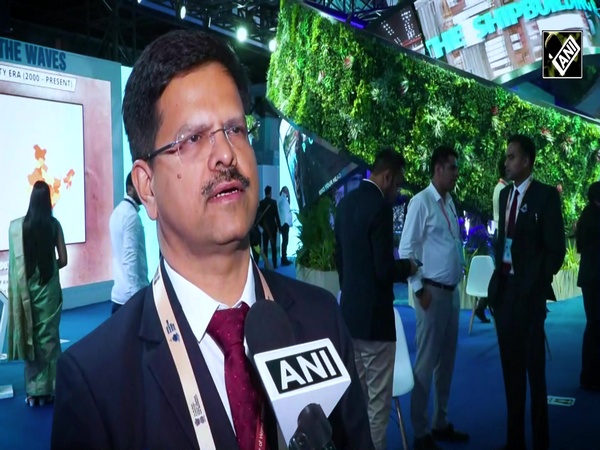NASA picks three companies to develop human landers for Artemis moon missions
Apr 30, 2020

By Reena Bhardwaj
Washington D.C. [US], May 1 : The National Aeronautics and Space Administration (NASA) announced on Thursday that it has picked three designs for spacecraft to take astronauts back to the surface of the moon.
Two are from prominent billionaire-led rocket companies -- Elon Musk's SpaceX and Jeff Bezos' Blue Origin. The third is led by Dynetics of Huntsville, Ala. All three companies will design and develop human landing systems (HLS) for the space agency's Artemis program, one of which will land the first woman and next man on the surface of the Moon by 2024. NASA will pay the three companies $967 million over 10 months for initial design development work.
"With these contract awards, America is moving forward with the final step needed to land astronauts on the Moon by 2024, including the incredible moment when we will see the first woman set foot on the lunar surface," said NASA Administrator Jim Bridenstine. "This is the first time since the Apollo era that NASA has direct funding for a human landing system, and now we have companies on contract to do the work for the Artemis program," the NASA chief further added.
Even though there NASA's Artemis moon landing program faces technical, budgetary and political issues, but Bridenstine and other NASA officials are confident that the space agency would be able to meet the Trump administration's goal of landing the first woman and next man on the moon by the end of 2024. The last lunar landing by humans, the Apollo 17 mission, occurred in 1972.
"We are on our way," said Douglas Loverro, NASA's associate administrator for Human Explorations and Operations Mission Directorate in Washington. "With these awards we begin an exciting partnership with the best of the industry to accomplish the nation's goals. We have much work ahead, especially over these next critical 10 months. I have high confidence that working with these teammates, we will succeed."
NASA's commercial partners will refine their lander concepts through the contract base period ending in February 2021. During that time, the agency will evaluate which of the contractors will perform initial demonstration missions. NASA will later select firms for development and maturation of sustainable lander systems followed by sustainable demonstration missions.
NASA intends to procure transportation to the lunar surface as commercial space transportation services after these demonstrations are complete. During each phase of development, NASA and its partners will use critical lessons from earlier phases to hone the final concepts that will be used for future lunar commercial services.
















